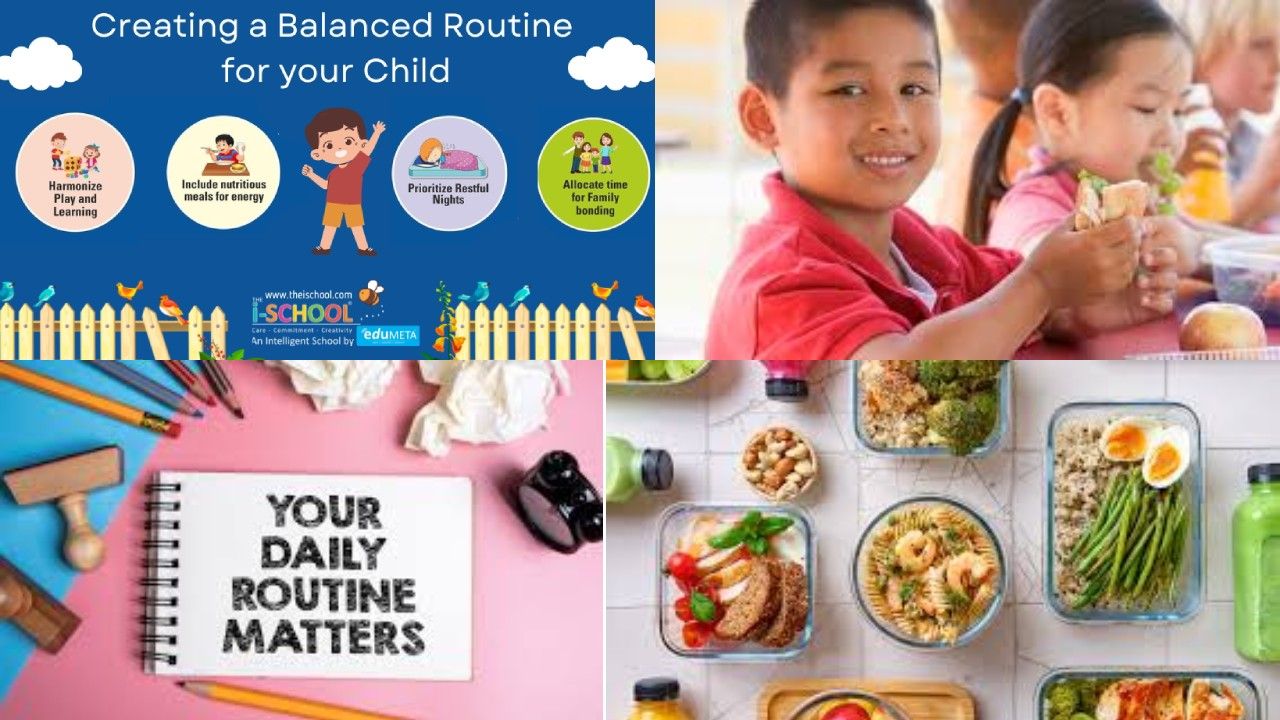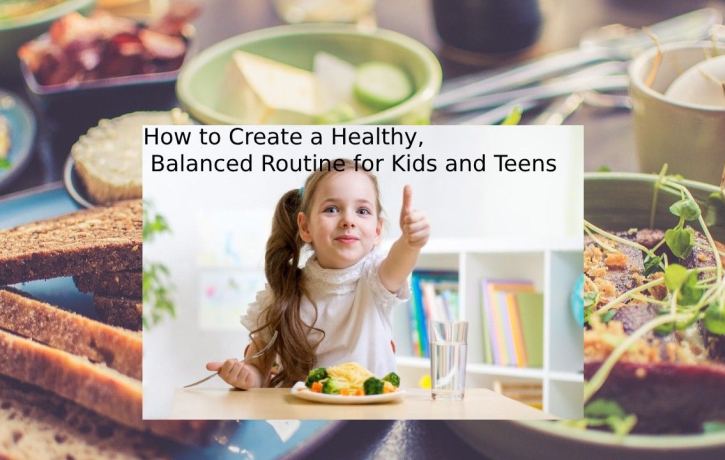
Developing a healthy and balanced routine is a vital necessity for children and teens, considering the entire development aspect. A structured routine leads to proper health, mental health, and inculcates discipline and time management. Nowadays, it is easy to get distracted by all those things, including screens, that consume people’s lives and hectic schedules, so setting and maintaining a balanced routine becomes highly essential.
This guide provides real-life advice for parents and caregivers to create a routine that works for growing children and teens.
Why is a Balanced Routine Important?
Promotes Stability: A predictable routine helps children feel secure and reduces anxiety.
Develops Healthy Habits: Consistency in sleep, meals, and exercise fosters good habits that can last a lifetime.
Enhances Academic Performance: Structured time for homework and learning ensures better focus and organization.
Promotes Emotional Balance: Daily routines such as family time and hobbies help maintain emotional equilibrium.
Improves Life Skills: A routine builds time management, responsibility, and self-reliance skills.
Essential Components of a Healthy Routine
1. Sleep
Sleep is essential for cognitive development, mood regulation, and general health.
Toddlers (3–5 years): 10–13 hours per night.
School-age children (6–12 years): 9–12 hours per night.
Teens (13–18 years): 8–10 hours per night.
Tips:
Schedule and try sticking to a routine bedtime and rising in time, even on weekends
Regulate the use of gadgets screens at least an hour prior to bedtime so that no hindrances could be seen to sleep at bed times.
Establish a soothing sleeping-time routine like reading or playing soft music
2. Healthy Food and Snack
Well-balanced nourishment promotes growth, concentration and energy.
Breakfast; Whole grains, fruits and proteins
Lunch, Dinner: Combination of all Vegetables, lean proteins with grains.
Snacks: Healthier choices are yogurt, nuts, or fresh fruits.
Tips:
Make children involved in meal preparation and planning for better healthy consumption.
Keep the same times for meals for a proper routine.
3. Physical Activity
Exercise daily to support your physical well-being, relief from stress, and good moods.
Children (6–17 years): Do at least 60 minutes per day of moderate to vigorous physical activity.
Tips:
Promote playing outside, participating in sports, or doing family walks.
Limit sedentary activities such as watching TV or playing video games.
Exercise can become fun by including games or activities children enjoy.
4. Study and Homework Time
Having a special time for homework and study will ensure that all academic work is done.
Quiet and distraction-free workspace
Chop up the study period into smaller chunks and take frequent breaks
Set achievable goals to keep motivation and attention.
Tips:
Help smaller children with their homework but get older children to manage their affairs on their own.
Maintain open communication about academic challenges and be available for support when needed.
5. Chores and Responsibilities
Assigning age-appropriate chores teaches accountability and life skills.
Toddlers can help with simple tasks like tidying up toys.
Older kids and teens can take on responsibilities like setting the table, folding laundry, or mowing the lawn.
Tips:
Utilize a chore chart to keep track of tasks and visually keep track of progress.
Provide positive reinforcement to encourage participation.
6. Family Time
Spend quality time together to strengthen bonding and build a supportive environment.
Plan for activities such as family dinners, game nights, or outings.
Promote open communication and active listening.
Recommendations:
Make family time a priority and avoid distractions, such as phones or work commitments.
7. Personal Time and Hobbies
Provide kids and teens with an opportunity to engage in hobbies and interests. This can stimulate creativity, reduce stress, and help children feel more confident.
Activities include reading, art, music, or playing a sport.
Ensure they get time for relaxation and de-stressing
8. Management of Screen Time
Even though technology forms a large part of our lives, high levels of screen time lead to many health and behavioral problems.
Based on age and activity (e.g., no more than 2 hours in entertainment).
Establish no-screen areas such as bedrooms and the dining area.
Tips;
Use parental controls to screen the content
Engage in more offline activities to have minimal time on the screens.
Tips for Starting and Adhering to a Schedule
Engage your child in planning their own schedule by making them input on time preferences for study time or time to play
Start Little by Little
A good method is to introduce at least two changes at any one point rather than flipping the entire day. Gradually changing improves the chances that the schedules will stick for longer
Life is unpredictable, so leave space for changes. Flexibility ensures the routine remains practical and stress-free.
Use Visual Aids
For younger children, use pictures or charts to create a visual schedule that makes the routine fun and easy to follow.
Lead by Example
Model the habits you want your kids to adopt. For example, limit your own screen time and ensure family meals are a priority.
Celebrate Achievements
Acknowledge when children maintain their routines or make positive changes. Rewards, praise, or even a family outing can encourage them further.
Advantages of a Balanced Routine
Academic Success: A regular study routine helps them to focus and perform better.
Strong Family Ties: Family time helps in building trust and bonding.
Good Health: Proper sleep, nutrition, and exercise ensure physical and mental well-being.
Life Skills: Managing time, responsibility, and independence prepare the child for adulthood.
Conclusion
An activity-packed, balanced routine is required for kids and teens to truly thrive in all aspects of life. Sleep, nutrition, physical activity, and personal growth all go hand-in-hand to create a system for stability and success. Be it flexibility or communication, use it to make the routine work for your family.
Today, start making small positive changes and watch how the confidence, health, and happiness of your child grow.






